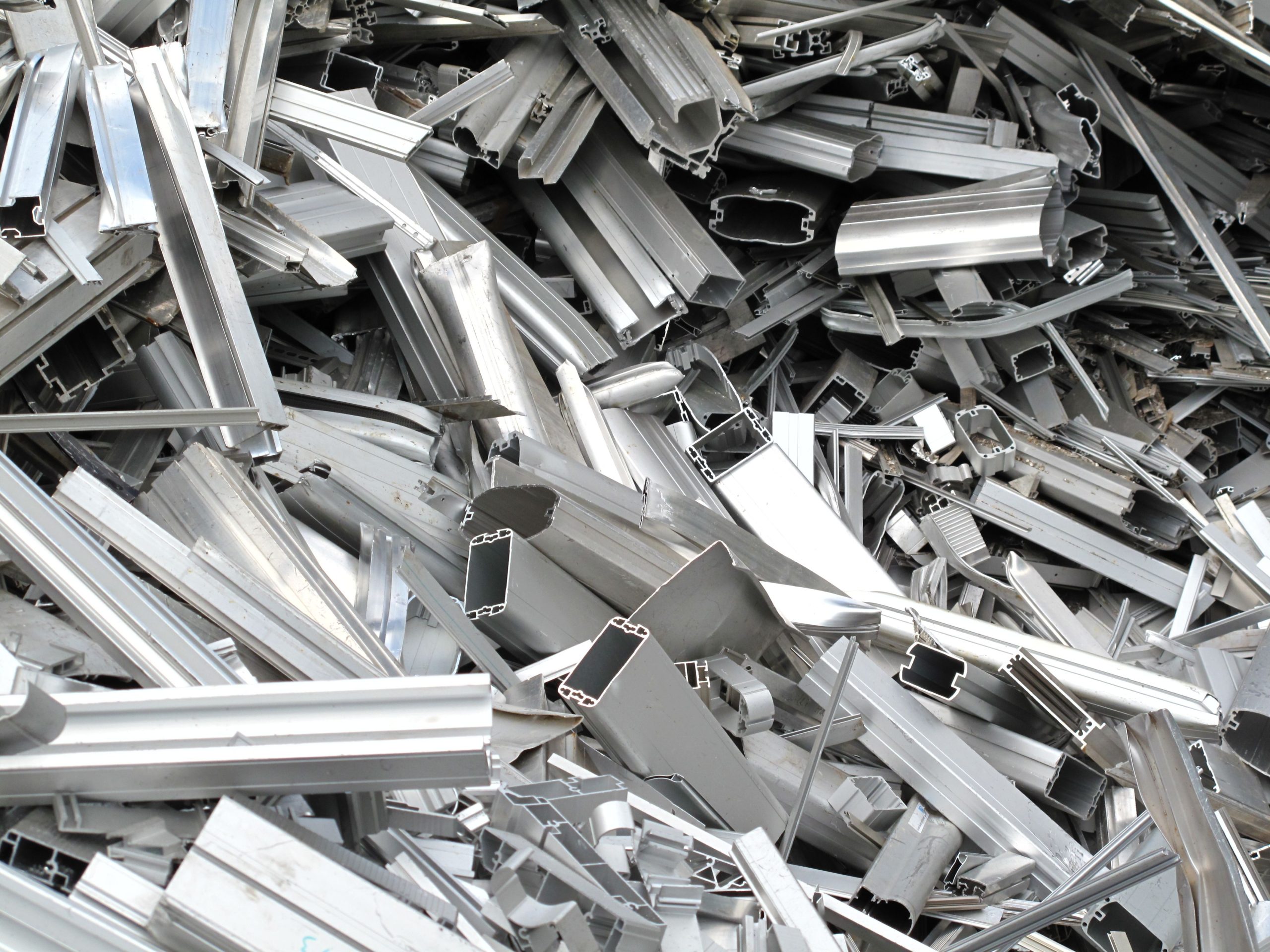In our rapidly evolving world, where sustainability and environmental consciousness are gaining momentum, the importance of understanding and managing scrap materials cannot be overstated. Scrap materials, often overlooked, play a crucial role in the recycling and reusing processes that contribute to a more sustainable future. This article explores the diverse world of scrap materials, shedding light on the various types and their significance in the global effort towards a circular economy.
- Metal Scrap:
- Ferrous Metals: This category includes iron and steel, commonly found in appliances, vehicles, and construction materials.
- Non-Ferrous Metals: Examples include aluminum, copper, and brass, often sourced from electronic devices, wiring, and automotive components.
- Precious Metals: Gold, silver, and platinum, primarily recovered from electronics, jewelry, and catalytic converters in vehicles.
- Plastic Scrap:
- PET (Polyethylene Terephthalate): Commonly used in beverage bottles and food packaging.
- HDPE (High-Density Polyethylene): Found in milk jugs, detergent bottles, and pipes.
- PVC (Polyvinyl Chloride): Used in pipes, cable insulation, and clothing.
- LDPE (Low-Density Polyethylene): Found in plastic bags, squeeze bottles, and shrink wraps.
- PP (Polypropylene): Used in packaging, automotive components, and household products.
- PS (Polystyrene): Commonly found in disposable foam products and packaging materials.
- Paper Scrap:
- Cardboard: Packaging materials, boxes, and cartons.
- Newspaper: Newspapers and other printed materials.
- Office Paper: Waste from offices, including printer paper and documents.
- Mixed Paper: Various types of paper mixed together, often found in recycling bins.
- Glass Scrap:
- Container Glass: Glass bottles and jars.
- Flat Glass: Windows, mirrors, and glass from construction and demolition activities.
- Fiberglass: Often used in insulation and composite materials.
- Electronic Scrap (E-Waste):
- Computers: CPUs, monitors, keyboards, and other computer components.
- Consumer Electronics: TVs, cameras, smartphones, and other personal devices.
- Appliances: Refrigerators, washing machines, and other household appliances.
- Textile Scrap:
- Clothing: Unwanted or damaged garments.
- Household Textiles: Bedding, towels, and curtains.
- Industrial Textiles: Scraps from manufacturing processes.
- Rubber Scrap:
- Tires: End-of-life tires from automobiles.
- Conveyor Belts: Scraps from industrial applications.
- Rubber Products: Discarded rubber items such as hoses and gaskets.
Understanding the various types of scrap materials is essential for promoting effective recycling and waste management practices. As we continue to face environmental challenges, the responsible handling and recycling of scrap materials will play a pivotal role in conserving resources and reducing our ecological footprint. By embracing a circular economy and finding innovative ways to repurpose and reuse scrap materials, we can contribute to a sustainable future for generations to come.

